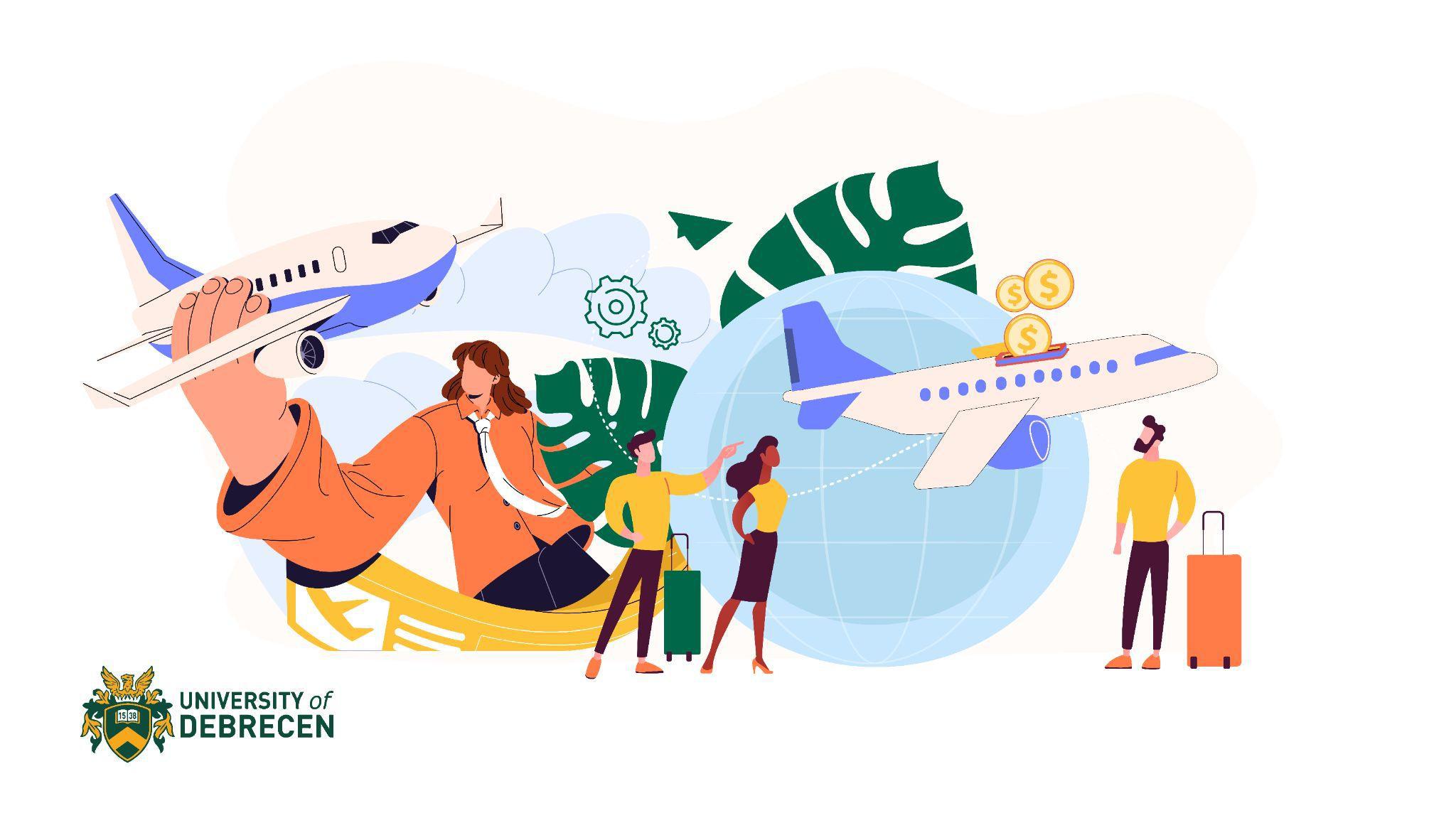How to Become a Professional Pilot: A Comprehensive Guide for Beginners

Iswah Emaan
12 min read
7 Comments
Wondering how to fly above the sky in an airplane? You can fulfill this dream by becoming a professional pilot. However, becoming a professional pilot isn’t easy as you must undergo several stages to gain the certification. You can certainly make it with dedication, the right mindset, necessary training, and a good program. According to the U.S. Bureau of Labor Statistics, there is a predicted growth of 5% in the number of commercial pilots from 2023-2033. This growth shows an ever-increasing demand for a professional pilot. By choosing to train at the University of Debrecen, you equip yourself with the basic skills and knowledge on how to become a professional pilot. Moreover, these growing opportunities provide quality education and practical learning to students in aviation.
In this comprehensive guide, we shed light on the essential steps on how to become a professional pilot. Furthermore, we list the unique opportunities the University of Debrecen offers for aspiring pilots. As the specialized training programs at the university conform to the high standards of aviation, students learn invaluable skills.
Understanding the Role of a Pilot
When the word pilot comes to mind, everyone assumes it's someone who flies people around in airplanes. However, a professional pilot does more than just that. Apart from carrying passengers around, pilots transport cargo in aircraft. Moreover, they ensure the safety of the passengers and goods and follow aviation rules. In addition, a pilot performs the role of surveying and mapping areas, crop dusting, and instructing students how to become a professional pilot. Not only do you need technical skills for this job, but also good communication and decision-making skills.
Research and Choose Your Path
One of the foremost steps to understanding how to become a professional pilot is doing thorough research to better understand the field. Choose the path that leads towards fulfilling your career ambition. There are different types of pilots: private pilots, commercial pilots, and airline transport pilots (ATPs). There are different requirements and responsibilities for each type of pilot.
Private Pilot:
You can fly for personal use but not for compensation.
Commercial Pilot:
It allows you to fly for compensation or hire.
Airline Transport Pilot (ATP):
It requires you to be a captain for airlines.

Meet the Basic Requirements to Enroll in the Aviation Program
Before you can start training as a pilot you have to meet some minimum requirements.
- You must be above the age of 17 years.
- A high school diploma or equivalent is necessary.
- You must be fluent in the English language because it is an international aviation language.
- You must get a medical certificate from a qualified aviation medical examiner.
Medical Certificate
Another important step to becoming a professional pilot is obtaining a medical certificate. The medical certificate ensures you meet the health standards required for flying. The FAA (Federal Aviation Administration) has specific guidelines regarding vision, hearing, and overall health. Therefore, it is essential to obtain this certificate before starting your flight training.
Start Ground School
After meeting the basic requirements, the next step is to enroll in ground school. The ground school covers the theoretical aspects of flying. In this, you study aviation regulations, navigation, meteorology, and aircraft systems.
Transitioning to Flight Training:
After finishing your ground school, flight training begins. This training is important to become an expert pilot.
Begin Flight Training
Here you will be able to get your hands-on flight training. As you work alongside a certified flight instructor (CFI), you learn to operate an aircraft. The training typically includes:
Dual Flight Time:
In the dual flight time, you hit the skies with an instructor to practice maneuvers.
Solo Flight Time:
In solo flight time, you fly alone, but you have someone to observe you to build confidence.
Flight Hours
Different pilot licenses require certain flight hours to obtain qualification. For example:
Private Pilot License (PPL):
Minimum 40 flight hours required.
Commercial Pilot License (CPL):
It requires at least 250 flight hours.
Airline Transport Pilot License (ATPL):
Requires 1500 flight hours.
Obtain Your Licenses
After finishing your flight training, you have to obtain a license. It is mandatory to pass both the written and practical tests.
Private Pilot License:
Begin with obtaining this basic license.
Commercial Pilot License:
After gaining more experience, you can apply for the commercial pilot license.
Airline Transport Pilot License:
Being the highest level of certification, it is necessary for flying for airlines.
Gain Experience
In the aviation industry, experience is extremely important. After obtaining your commercial pilot license, consider the following options to build your flight hours:
Flight Instructor:
Many pilots become flight instructors to gain experience
Charter Flying:
Charting companies can provide you with the opportunity to log flight hours.
Ferry Flights:
Includes flying aircraft from one location to another, counting towards your hours.
Networking in Aviation
Networking is essential in aviation. Attend industry events and join aviation organizations to meet professionals in the field. Connections can lead to job opportunities and mentorship on how to become a Professional Pilot.
Specialized Training and Certifications
Once you gain experience you may wish to obtain specialized training and certifications. These can include:
Instrument Rating:
It enables you to fly through bad weather using instruments.
Multi-Engine Rating:
It certifies you to fly aircraft with more than one engine.
Type Ratings:
Needed to operate certain aircraft types.
How to become a Professional Pilot at the University of Debrecen?
With more than 7300 international students and 100+ programs taught in English, the University of Debrecen offers a unique opportunity for aspiring pilots through its professional pilot training program. The principal object of the program is to provide the student with sufficient knowledge and skills to pass the ATPL (Airline Transport Pilot License) theoretical knowledge examination and CPL(A), ME/IR(A) skill tests of the Hungarian Aviation Authority. If you study at the University of Debrecen, you not only receive quality education at an affordable cost but valuable insights to meet international aviation standards.
Program Highlights
Comprehensive Training
As the University emphasizes hands-on learning and innovative courses, the program covers all requirements of the aviation authority and provides extensive training to aspiring pilots with expert guidance.
Industry-Relevant Skills
In addition, students get the opportunity to learn alongside professionals to gain experience in the aviation industry, air operation, air transportation, and ground handling.
Integrated ATP(A) Training
One of the steps on how to become a professional pilot is to acquire this training that prepares students for professional roles within aircraft operator companies.
Conclusion
In conclusion, becoming a professional pilot is one of the most esteemed professions. However, it does require passion and continuous rigorous training. Through the above-stated steps and programs like a Professional Pilot BSc program offered by the University of Debrecen, you learn how to become a professional pilot. Through expert faculty, innovative learning practices, and a comprehensive curriculum, you turn your dream of flying into a reality. From traveling all parts of the world to meeting diverse people, and experiencing different cultures, pilots enjoy benefits. With the increasing demand for professional pilots, you have a successful career with high wages. Moreover, it involves lifelong learning, so you are continuously advancing your skillset. Therefore, select the right program wisely, don't hesitate to seek guidance from experienced professionals along the way, and push to new heights in aviation.

.jpeg)